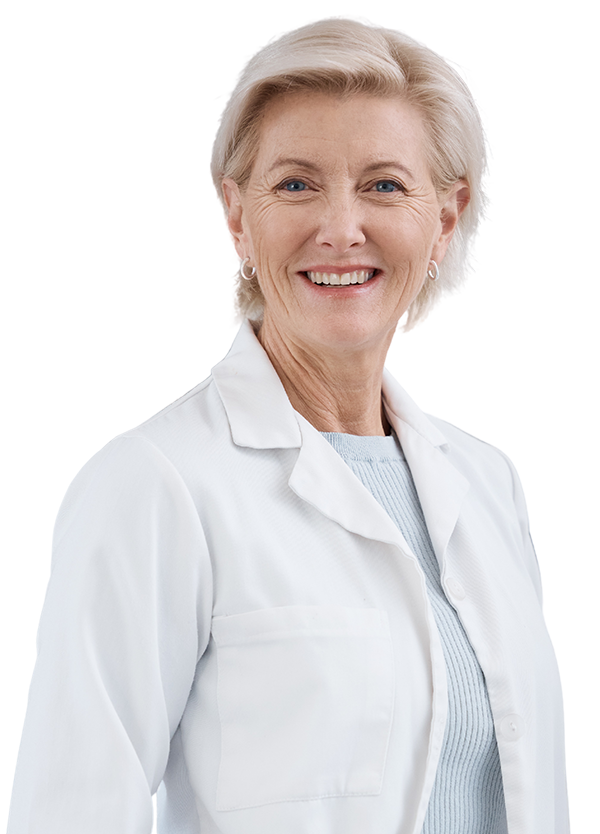
Prior to the pandemic, pharmacists began focusing more on clinical care, and the impacts of COVID-19 on pharmacy only expedited this process. Pharmacists are now encouraged and empowered to operate at the top of their license, allowing pharmacies to expand locally available services while better tending to the needs of vulnerable patient populations.
Why Pharmacists are Critical to Patient Care
As the physician shortage continues to worsen, many populations exist within areas devoid of access to basic medical care services, especially rural areas in larger states. A staggering 13% of the U.S. population—44 million people, including some 10 million Medicare Part B enrollees—live in physician deserts, defined as places in which there is less than one primary care physician (PCP) for every 3,500 people. The current shortage is widely estimated at 15,000 PCPs. Multiple studies have forecasted that the U.S. will face a shortage of more than 139,000 physicians overall by 2030. Community pharmacies staffed with pharmacists operating at the top of their license can provide crucial services to these areas, delivering clinical services to patients who often have no other easily accessible form of health care.
The National Association of Chain Drug Stores (NACDS) found that roughly 90% of the American people live within five miles of one of a NACDS member company stores, making pharmacists the most accessible health care professionals in the country.
Patients visit a pharmacy an average of 35 times per year compared to just four visits to medical providers. The typical pharmacist spends just 10% of their working day with patients, however, a key finding in AmerisourceBergen’s Pharmacy Check-Up survey indicated they want to spend more time with them; up to 74% for chain pharmacists and 60% for health system and specialty pharmacists.
Nearly two out of three Americans place pharmacists at or near the top of their list of most trusted professionals, almost on the same level as doctors and nurses, making pharmacists an excellent choice for delivery of basic health services.
Pharmacist Capabilities When Practicing at Top of Licensure
Pharmacists can do much more than simple dispensing. After years of rigorous education, they have advanced degrees and considerable experience. If allowed to practice at the top of their license, pharmacists can diagnose, prescribe for, and treat many common health conditions.
The shift to a more concentrated focus on overall patient care is already in motion. A total of four out of five pharmacies now provide some form of patient care services (PCS) above and beyond filling prescriptions and delivering counseling. In 2019, more than half of U.S. pharmacists contributed a significant portion of their time to patient care service, up from 40% in 2014.
Having pharmacists contributing directly to patient care can be critical to correct medication usage and compliance. For every dollar in medication cost, there is an additional dollar cost in treatment failure, including medication-related injuries that result from poor drug selection, poor medication adherence, and overutilization. Medication-related issues cost nearly $9 billion yearly.
Pharmacists practicing at top of licensure can help reduce these costs, especially since they have more contact, on average, with patients than doctors do, seeing them more frequently and building stronger relationships.
Advances in remote consulting and prescribing are a major driver for top of licensure practice by pharmacists. One study noted that, once telepharmacy services were implemented, the number of clinical pharmacy encounters increased by 32% and the number of unique patients seen by pharmacists increased by 12%…
Read the Full Blog Here






